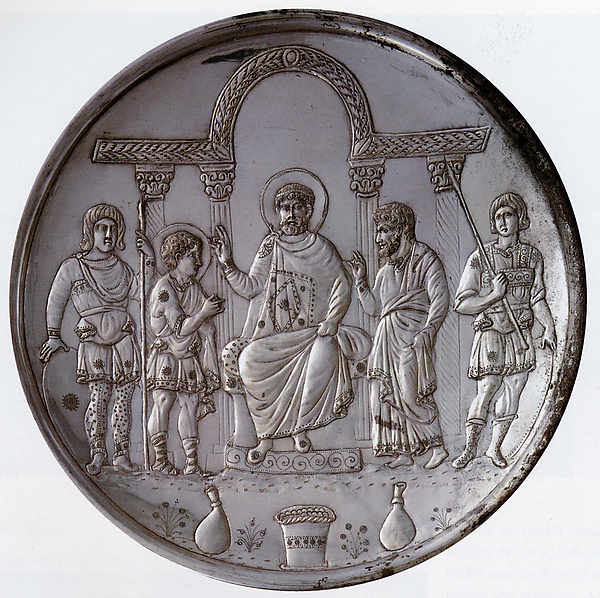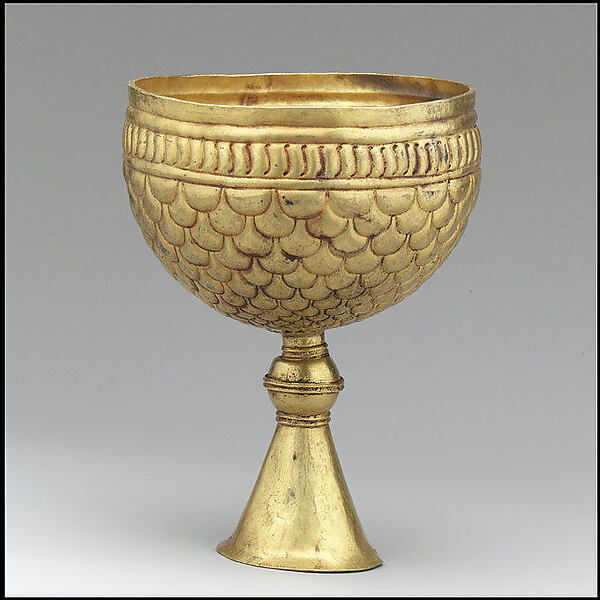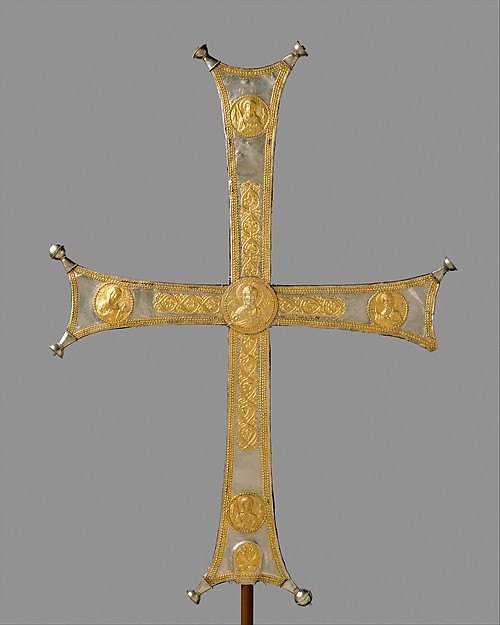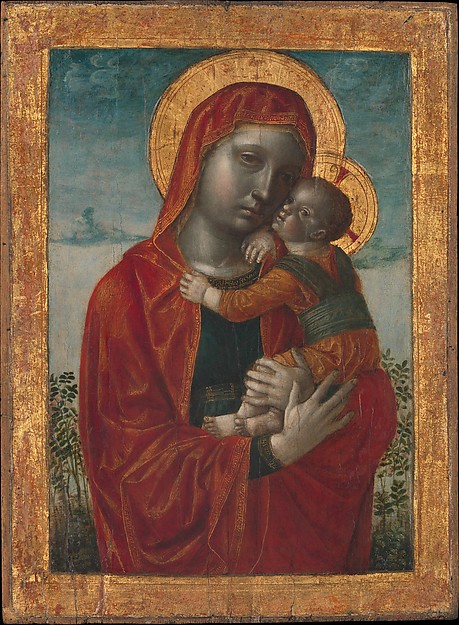Introduction:
Justinian was the ruler of the byzantine empire, he changed the empire keeping the roman law values and he extended his kingdom through most of Europe making Constantinople its capital.
Background:
Justinian was adopted by his uncle. Justinian's family came from the area were the spoke latin instead of greek. Justinian married a woman named Theodora she was an actress and a circus dancer, she also painted.
The Early Years:
When Justinian came to ruling a lot happened. Religion actions were the most important. Pagan people were put to jail and Christians who became pagan were killed. The empire had a lot of conflicts with a tribe called the Samaritans. Laws were made against them but then they were changed. Justinian expanded his empire through almost all of Europe, fighting a lot of battles.
Nika Revolts:
The Nika Revolt began in Constantinople, there was a lot of street violence in the empire this made all the empire compete in chariot-racing.
The Glommy 540:
This decade began with a Persian threat. Justinian was making peace with eastern tribes when for the first time the bubonic plague hit Europe. Many people died and this made the empire weak by lacking resources. Theodora died of cancer and left Justinian really bad. The empire fought many wars at this time witch didnt help Justinian at all.
The Plague:
The plague was moving very quickly throughout the whole empire, and people were dying. A lot of natural disasters happened when the plague was happening witch made the empire more weak than it already was.
The Law:
Justinian made a new code of imperial laws. It was called the Justinian code witch consisted in 4 parts. He made new laws in a book named Novels. Most of this laws were issued in Greek. Justinian made good laws and was good in theology. The role in women grow much higher and he made laws in the independence of women.
Final Years:
The final years of Justinian's empire was with a lot of wars from invaders and little by little the empire cam to an end because of the weakness it had and they were loosing land.
History
Thursday, January 24, 2013
Wednesday, January 23, 2013
Byzantine Art 2

7. Jeweled Bracelet: These type of bracelet were very valuable in the byzantine empire. They were more luxurious than Egypitian jewels. Jewlery was very popular in the empire.
*http://www.metmuseum.org/Collections/search-the-collections/170003941?rpp=20&pg=2&ft=byzantine&pos=24
 8. Icon with Saint Demetrios: this icon shows saint Demetrios ready to fight for the Christians. He was the most famous millitary saint. He was important in places like Greece. The church valued him a lot. Icons in millitary uniform are strange in the early byzantine empire.
8. Icon with Saint Demetrios: this icon shows saint Demetrios ready to fight for the Christians. He was the most famous millitary saint. He was important in places like Greece. The church valued him a lot. Icons in millitary uniform are strange in the early byzantine empire.*http://www.metmuseum.org/Collections/search-the-collections/70005854?rpp=20&pg=2&ft=byzantine&pos=29
9.Gold belt end: These were made by the Avars. The Avars had a close relationship with the Byzantines. The Byzantine people gave the Avars gold and silver in exchange of protection.
*http://www.metmuseum.org/Collections/search-the-collections/170003944?rpp=20&pg=1&ft=theodora+byzantine&pos=19
10.Book cover with Byzantine icon of the crucifixion: Byzantine ivories were very valuable. They were used in books or churches. This ivory was from a byzantine icon.the cover also contains a sapphire seal, located to the right of Saint John
http://www.metmuseum.org/Collections/search-the-collections/170003878?rpp=20&pg=1&ft=byzantine&pos=14
byzantine Art 1
7.


1.
 Plate with the Presentation of David to Saul: In 628–29 the Byzantine emperor Herakleios ended a war with Persia and regained Jerusalem, Egypt, and other Byzantine territory. Silver stamps dating to 613–29/30 on the plate show that it was made in his reign. The biblical figures on the plates wear the costume of the early Byzantine court.
Plate with the Presentation of David to Saul: In 628–29 the Byzantine emperor Herakleios ended a war with Persia and regained Jerusalem, Egypt, and other Byzantine territory. Silver stamps dating to 613–29/30 on the plate show that it was made in his reign. The biblical figures on the plates wear the costume of the early Byzantine court.*http://www.metmuseum.org/Collections/search-the-collections/170004255?rpp=20&pg=1&ft=byzantine&pos=1
2.
 Gold Goblet: this was made by the Avars. The Avars kept a relationshipwith the Byzantine empire. They protected the empires borders and defended them when needed. the Byzantine empire gave them gold and silver in reward for their help. Avar goldsmiths created beautiful works.
Gold Goblet: this was made by the Avars. The Avars kept a relationshipwith the Byzantine empire. They protected the empires borders and defended them when needed. the Byzantine empire gave them gold and silver in reward for their help. Avar goldsmiths created beautiful works.*http://www.metmuseum.org/Collections/search-the-collections/170003985?rpp=20&pg=1&ft=byzantine&pos=2
3.
 Processional Cross: this teaches about the byzantine religion. At the center of th cross is a bust of the blessing of Christ. At the ends of the crossbar there are images of the Virgin and of John the Precursor.At the the vertical arms of the cross are the archangels Michael and Gabriel, dressed with Byzantine court costume.
Processional Cross: this teaches about the byzantine religion. At the center of th cross is a bust of the blessing of Christ. At the ends of the crossbar there are images of the Virgin and of John the Precursor.At the the vertical arms of the cross are the archangels Michael and Gabriel, dressed with Byzantine court costume.*http://www.metmuseum.org/Collections/search-the-collections/170006166?rpp=20&pg=1&ft=byzantine&pos=3
4.
 Madonna and Child: byzantine art is famous for its work in icons. This work of art is one of the most famous icons. The church was accused for this paintings for worship and didnt like them, but actually these paintings helped the people understand the religion because they didnt know how to read or write. It is said that this painting was painted by Theodora, Justinian's wife, it was a gift to pope John ll.
Madonna and Child: byzantine art is famous for its work in icons. This work of art is one of the most famous icons. The church was accused for this paintings for worship and didnt like them, but actually these paintings helped the people understand the religion because they didnt know how to read or write. It is said that this painting was painted by Theodora, Justinian's wife, it was a gift to pope John ll.*word press 13 http://madonnaandchild.wordpress.com/annas-essay/
Weight in the Shape of a Byzantine Empress: In the Byzantine weights were made as a portrait of empresses. This made the empire have an ability for fair trade. Women had a big role, the jewels they wore should how rich the empire was
* http://www.metmuseum.org/Collections/search-the-collections/170008699?rpp=20&pg=1&ft=byzantine&pos=19
Gold Solidus of Justinian I: Justinian was the first Byzantine emperor that adopted a frontal portrait, this standard pose was kept. Coins united the kingdom. He kept the weights of the coins balanced and pured. The coins were used to pay taxes and had special images.
*http://www.metmuseum.org/collections/search-the-collections/170009144?rpp=20&pg=2&ft=byzantine&img=1
Subscribe to:
Posts (Atom)


